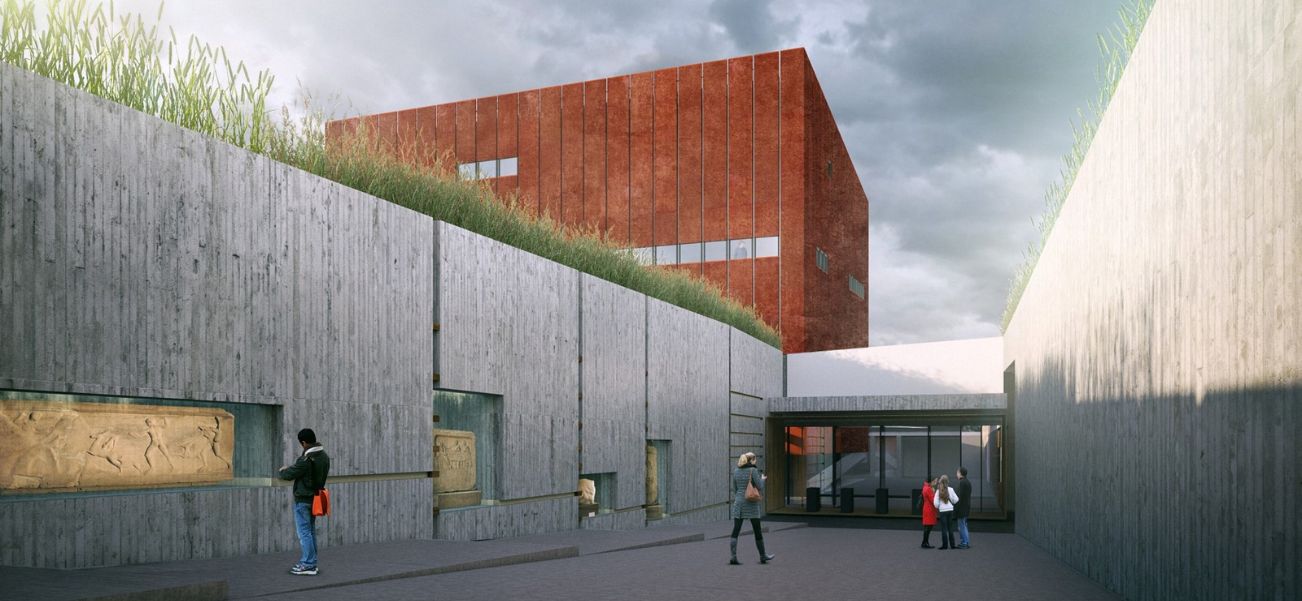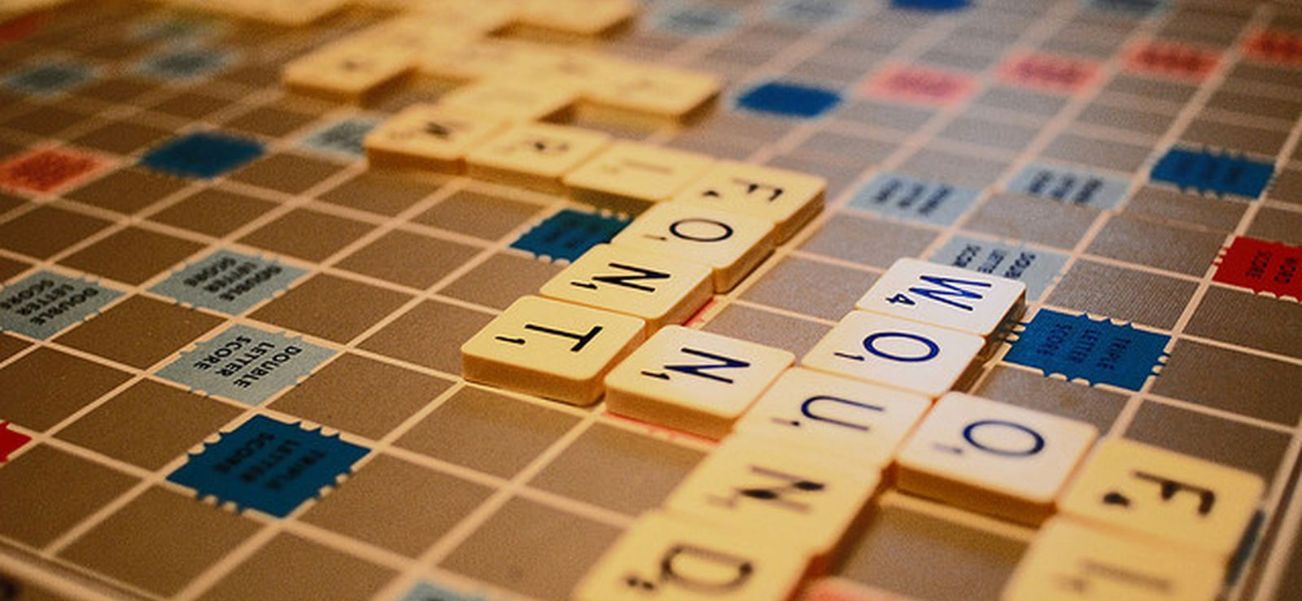
The Troy Museum: A Modern Gateway to an Ancient Legend
Standing at the crossroads of history and mythology, the Troy Museum (Troya Müzesi) in Çanakkale, Turkey, offers visitors an unparalleled journey through one of the world’s most famous archaeological sites. Opened in 2018 after years of meticulous planning, this award-winning museum has quickly become a must-visit destination for history enthusiasts, archaeology buffs, and travelers seeking to connect with the legendary tales of the Trojan War.
With its striking contemporary design and a collection spanning 5,000 years of history, the Troy Museum bridges the gap between Homer’s epic "Iliad" and the real archaeological discoveries made at the ancient site. Whether you're fascinated by Bronze Age civilizations, intrigued by ancient warfare, or simply love a well-curated museum experience, this guide will take you through everything you need to know before visiting.
EXPORE THE TROY MUSEUM!
The Museum’s Architecture: A Tribute to Troy’s Legacy
Before even stepping inside, visitors are struck by the museum’s innovative architecture. Designed by Yalın Mimarlık, the building’s structure resembles an excavated mound—a nod to the layered history of Troy itself. The exterior’s rust-colored corten steel evokes the earthiness of an archaeological dig, while the interior’s sleek, modern galleries provide a striking contrast to the ancient artifacts on display.
Ephesus: A Journey Through the Ancient City That Shaped History
The museum spans four floors, each representing a different era of Troy’s history:
- Prehistoric Troy The early settlements and Bronze Age foundations.
- Homeric Troy The era of the legendary Trojan War.
- Hellenistic & Roman Troy The city’s evolution under Greek and Roman rule.
- Troy in Popular Culture How the myth of Troy has influenced art, literature, and film.
Best Apps for Turkey Travel: Your Essential Guide
Must-See Artifacts in the Troy Museum
The museum houses over 2,000 artifacts, many of which were previously stored in Istanbul’s Archaeology Museums or abroad. Here are some of the most significant pieces you shouldn’t miss:
1. The "Treasure of Priam" (Replica)
Although Heinrich Schliemann’s original gold hoard is held in Moscow’s Pushkin Museum, the Troy Museum displays a faithful replica of the so-called "Treasure of Priam." This collection of gold jewelry, diadems, and silver vessels was famously smuggled out of Turkey in the 19th century, sparking debates over cultural heritage ownership.
2. The Trojan Horse Model
No visit to Troy would be complete without encountering its most iconic symbol. The museum features a dramatic wooden model of the Trojan Horse, allowing visitors to imagine how the Greeks might have used this legendary ruse to infiltrate the city.
3. Hittite Tablets & Inscriptions
Troy (known as "Wilusa" in Hittite texts) was a key player in ancient Anatolian politics. The museum displays clay tablets that reference Troy’s diplomatic relations with the Hittite Empire, providing historical context beyond Homer’s mythology.
4. Ancient Weapons & Armor
From Bronze Age swords to Roman-era helmets, the museum’s collection of weaponry illustrates how warfare evolved over Troy’s long history. Some pieces even show signs of battle damage—could they be relics from the Trojan War itself?
5. Hellenistic & Roman Sculptures
As Troy became a cultural hub under Greek and Roman rule, it produced stunning marble statues of gods, emperors, and heroes. Highlights include a statue of Emperor Hadrian, who considered himself a descendant of the Trojan hero Aeneas.
Interactive & Immersive Exhibits
Unlike traditional archaeological museums, the Troy Museum embraces modern technology to make history engaging:
- Virtual Reconstructions Digital screens show how Troy’s citadel might have looked in its heyday.
- Holographic Displays Key figures from the "Iliad", like Achilles and Hector, are brought to life through projections.
- Touchscreen Timelines Visitors can explore Troy’s 9 distinct settlement layers at their own pace.
- Children’s Discovery Zone A hands-on area where younger visitors can "excavate" replica artifacts.
How to Visit the Troy Museum
Location & Transportation
- Address Tevfikiye Köyü, Çanakkale (30 km southwest of Çanakkale city center).
- By Car A 30-minute drive from Çanakkale, with ample parking.
- By Bus Dolmuş (shared minibuses) run from Çanakkale to the nearby village of Tevfikiye.
Opening Hours & Tickets
- Summer (April–October) 8:30 AM – 7:30 PM
- Winter (November–March) 8:30 AM – 5:30 PM
- Admission ~300 TL (free with the "Museum Pass Turkey").
Tips for Visitors
- Combine with Troy’s Ruins The museum is just 800 meters from the archaeological site; buy a combo ticket for both.
- Guided Tours Available in multiple languages for deeper insights.
- Best Time to Visit Mornings or late afternoons to avoid crowds.
Why the Troy Museum Matters
Beyond its stunning artifacts, the Troy Museum plays a crucial role in reclaiming Turkey’s archaeological heritage. For decades, many of Troy’s treasures were held in foreign museums, but this institution brings them back into the narrative where they belong.
It also challenges the line between myth and history. While Homer’s "Iliad" is a work of poetry, the museum presents tangible evidence of Troy’s existence—proving that even the greatest legends have roots in reality.
The Troy Museum is more than just a collection of ancient objects—it’s a dramatic retelling of human civilization, from prehistoric settlements to epic battles and beyond. Whether you’re a history lover, a fan of Greek mythology, or simply curious about Turkey’s rich past, this museum promises an unforgettable experience.
Have you visited the Troy Museum? What was your favorite exhibit? Share your thoughts in the comments!













